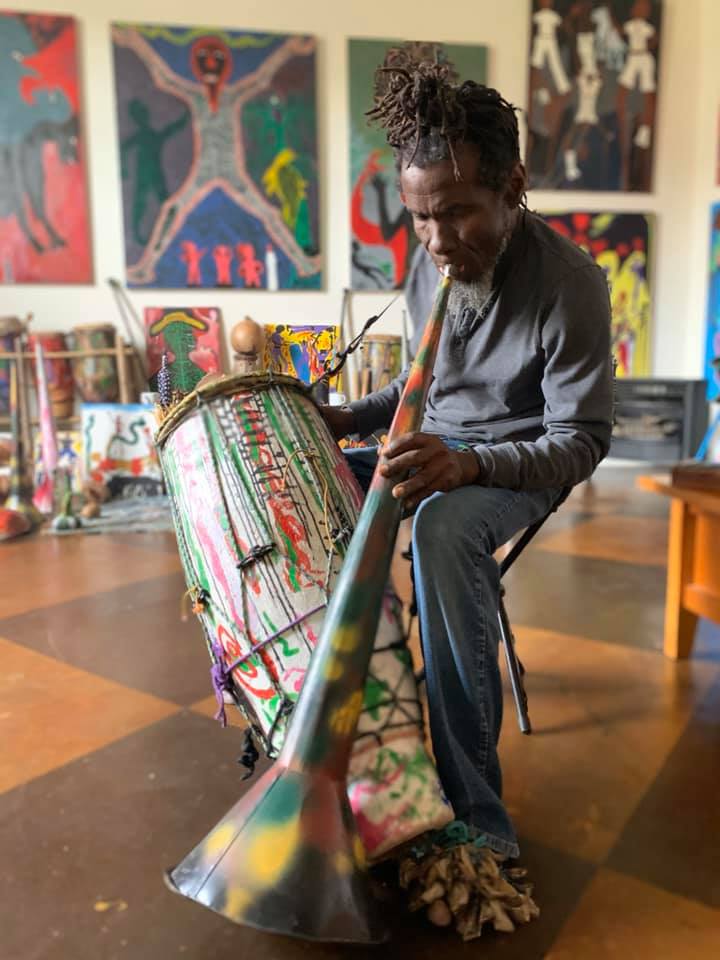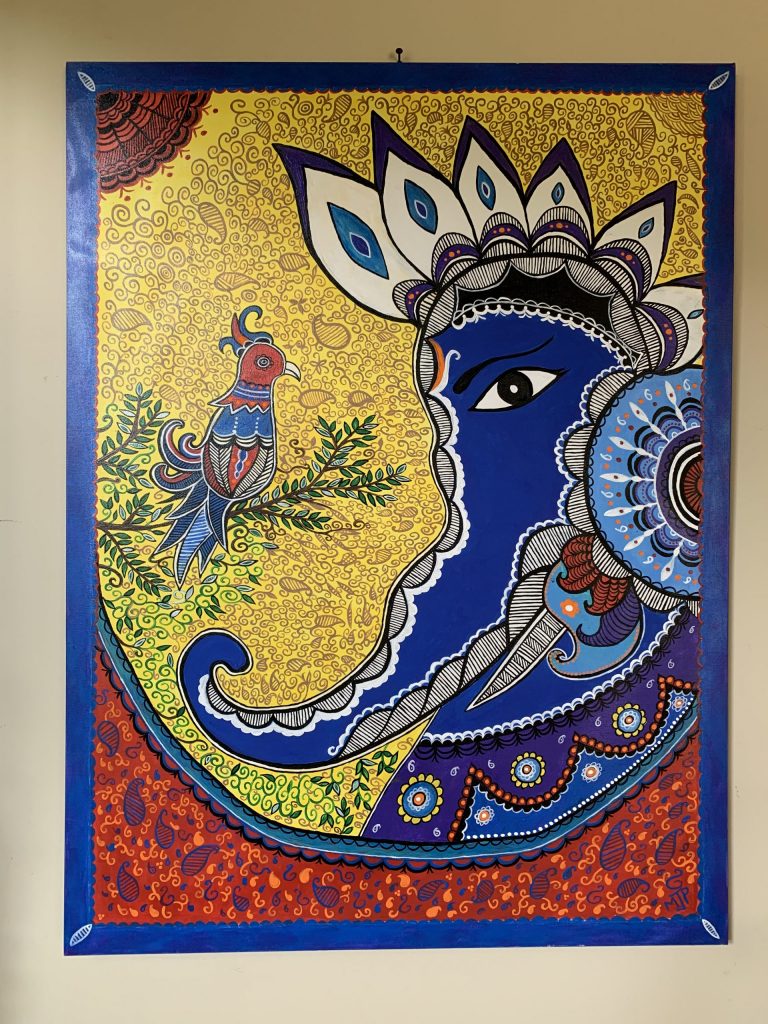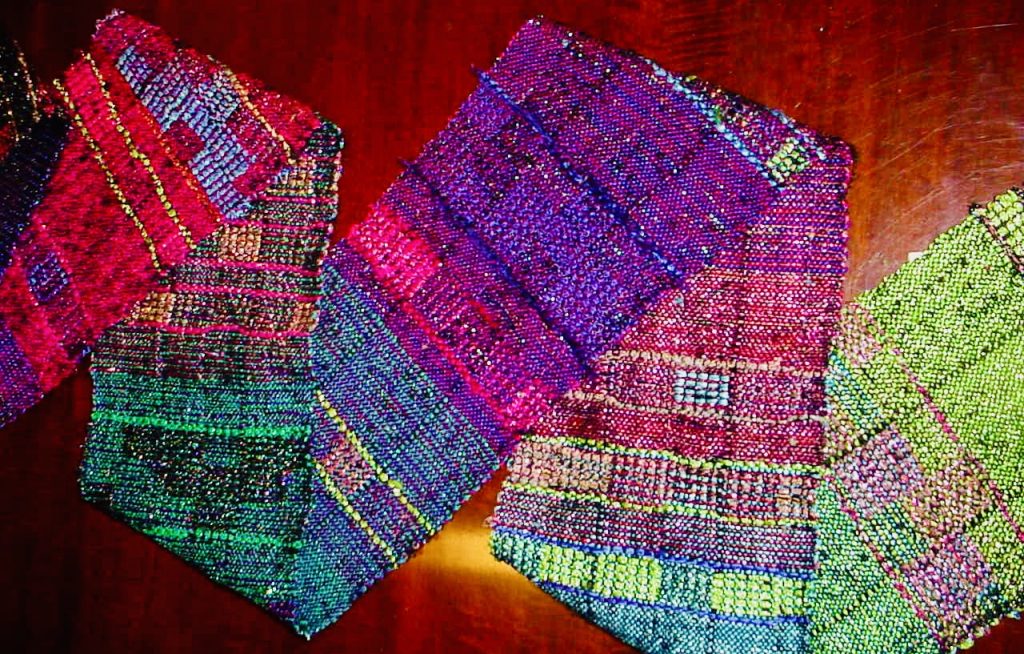
Want to try something fun? Define “Folk Art.”
Not as easy as it sounds – but it sure is an interesting game! This is the dance we have joined as new Partners in the “Folk & Traditional Arts” program of the Pennsylvania Council on the Arts. While the Everhart is well-known for its extensive Folk Art Collection, this new initiative steps out of the museum and directly into the life of our communities.
So about that definition – let’s start with Collins Dictionary because they keep it simple: the visual arts, music, drama, dance, or literature originating from, or traditional to, the ordinary people of a country. So that’s great – but maybe still a little too limiting.
Let’s add Merriam-Webster: the traditional decorative or utilitarian art of the people that is often an expression of community life and is distinguished from academic or self-conscious or cosmopolitan expression. Ok, now we’re getting into it – but it’s still lacking.
The more definitions one reads – the more slippery this question gets. Just what IS folk art? One gets the feeling that to define what it IS, you almost have to specify what it is NOT. Not fine art. Not outsider art. Not pop art. Not crafting, necessarily… Ok, that’s getting hard, too.
This is interesting… Broadly defined, folk arts are expressions of community identity and values…cultivated informally among individuals by word of mouth or examples. Whether practicing a traditional craft, art, technical or occupational skill; performing music or dance; or marking important moments of life or the year with special foods or customs, folk arts are deeply rooted in community life and foster human creativity (from Scandinavian Folk Arts and Cultural Traditions).
Now we’re getting somewhere. We’re finding a kind of a checklist that’s helpful in defining whether an artistic practice can be identified as a Folk or Traditional Art:

ROOTED IN COMMUNITY
Folk and traditional arts are rooted in community traditions, in the collective experiences of people who share a common ethnic heritage, cultural mores, language, religion, occupation, or geographic region. The word community is more broadly defined now than it would have been long ago. We think now of community as not merely a function of proximity in a particular neighborhood. Community can also be achieved through a variety of circumstances whose common bonds may be of time, belief, or experience – independent of geographic location.
PASSED DOWN THROUGH GENERATIONS
These arts practices can be either artistic or utilitarian (or both) with very specific, traditional techniques that are shared within families, neighborhoods, and communities. Folk arts traditions are shaped by values and standards of excellence that are passed from generation to generation through demonstration, conversation, and practice.
BALANCING TRADITION WITH CHANGING TIMES
The nature of community is to continue to evolve from the base point of revered traditions. Folk arts, likewise, continually grow beyond the limitations of traditional expressions, to encompass emerging circumstances and new world views. Individuality is found in the personal signature every artist brings to his or her work, even when creating within a conventional form, tradition, or medium. That is what keeps folk & traditional arts new and exciting.

So… that gives us a framework and a bit of clarity. What gets really interesting is that, while Folk and Traditional Arts are an integral means of reinforcing social conventions, they also provide a powerful forum for individual expression.
Nonetheless, trying to define something – as we are doing – brings up an inherent and challenging question: Who is in control of the definition?
The definition of folk art, while particularly revealing in regard to the relationship between art and culture, is subject to the usual challenges of society. By definition, “folk art” should naturally include all people, inclusive of class, status, culture, community, ethnicity, gender, and religion – but this is not always how society plays out. More often than not, imbalance exists. Author Eugene Metcalf describes this imbalance well in a 1983 article:
“Art represents and sanctifies what is valued in a society; the ability to create and appreciate art implies heightened human sensibility and confers social status and prestige. A people said to be without art, or with a degraded form of it, reputedly show themselves lacking in the qualities that dignify human experience and social interaction. They are said to be “uncultured,” “primitive,” unable to participate in refined society. Definitions of art are therefore highly political… battlegrounds on which the struggle for human and social recognition is waged. A people can ill afford to let others control the definitions by which their arts are classified and evaluated.“
Mr. Metcalf outlines a real challenge – one which we humbly accept. After winding our way through various thoughts on what folk art is and is not, we will also wind our way through the inherent difficulties of being balanced and inclusive in how we honor and present the folk artists of Northeastern Pennsylvania.
Over the course of the next months and years, we will be introducing you to amazing people who are “tradition bearers” and extraordinary individual artists. They are from many cultures, masters of a dazzling array of mediums, blending deeply-rooted practices with their own individual creative spark. They are arts practitioners who live and work in our communities – some of whom you may know, some who you’ll be meeting for the first time.
One thing is for certain – with each new artist we have the honor of introducing you to, you’ll be reminded of the richness of our region. You’ll remember that our greatest treasures truly are hidden right in our own backyard.
SOURCES:
National Endowment for the Arts
Museum of International Folk Art
New York State Council on the Arts
Arkansas Folk and Traditional Arts
Scandinavian Folk Arts and Cultural Traditions
“Black Art, Folk Art, and Social Control” by Eugene W. Metcalf
Written by Kimberly Crafton, Interim Folk Art Program Coordinator.
